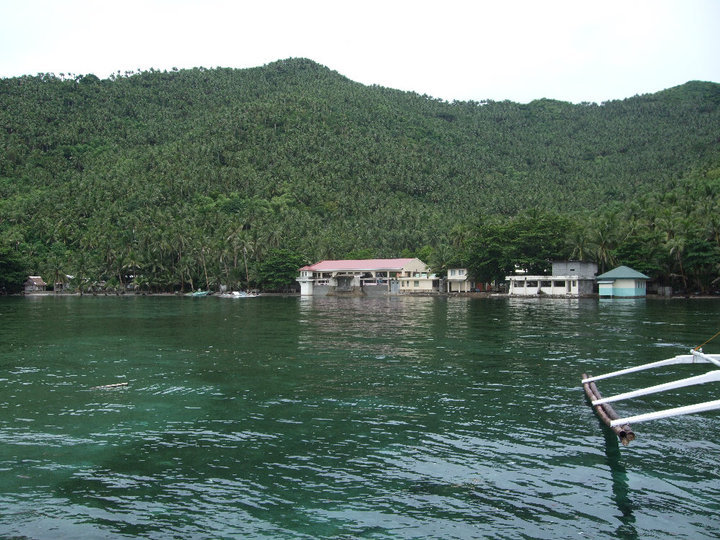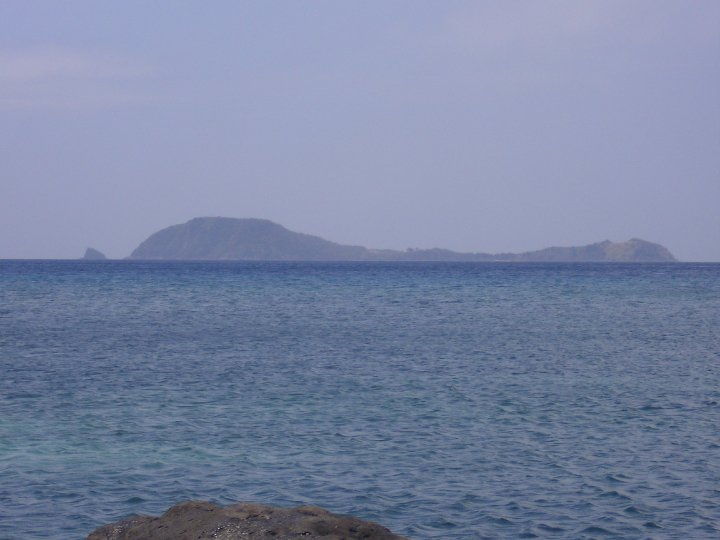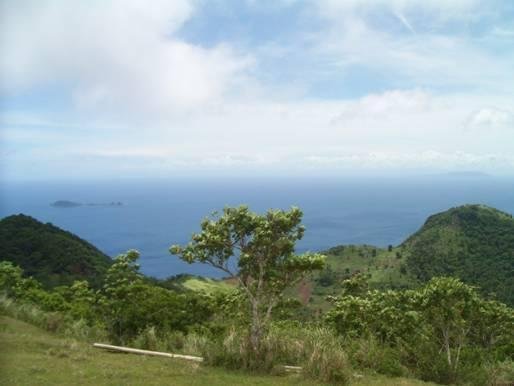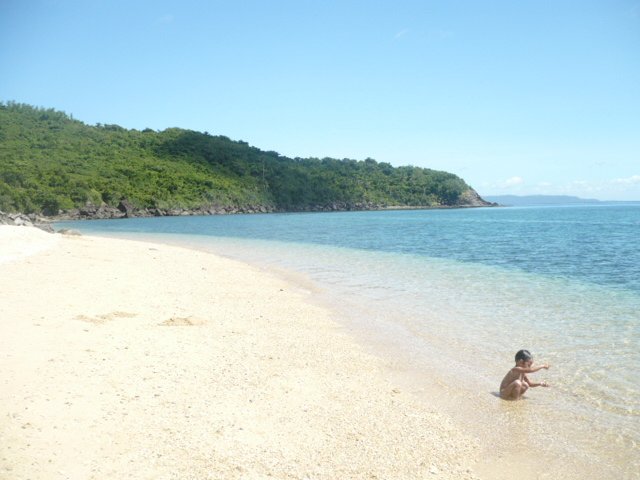Bangar Tree House



Pictures Courtesy of Ish Fabicon



| Tagged Pictures, Tourist Spots | 2 comments
 Nasunugan Church Building Image courtesy of Jhodz Fabul.
Nasunugan Church Building Image courtesy of Jhodz Fabul.| Tagged Pictures | 1 comments
 Nasunugan Beach Image courtesy of Jhodz Fabul.
Nasunugan Beach Image courtesy of Jhodz Fabul.| Tagged Pictures | 1 comments
 Gakot Image courtesy of Epi Fabonan.
Gakot Image courtesy of Epi Fabonan.| Tagged Pictures | 0 comments
 PICTURE: Maca-ang Beach. Full Image Here
PICTURE: Maca-ang Beach. Full Image Here| Tagged Barangay Mainit, Pictures | 0 comments
 PICTURE: Maca-ang Beach. Full Image Here
PICTURE: Maca-ang Beach. Full Image Here| Tagged Barangay Mainit, Beach, Pictures | 0 comments
 PICTURE: Birds Eye of Gakot in Malamig. Image courtesy of Meyette Fabellon Facebook.
PICTURE: Birds Eye of Gakot in Malamig. Image courtesy of Meyette Fabellon Facebook.| Tagged Pictures | 1 comments
 PICTURE: Puyo Island,Brgy. Yabawon, Banton Island.
PICTURE: Puyo Island,Brgy. Yabawon, Banton Island.| Tagged Pictures, Tourist Spots | 0 comments

| Tagged Heritage, Pictures | 0 comments


| Tagged Pictures | 0 comments

| Tagged Pictures, Poblacion | 0 comments